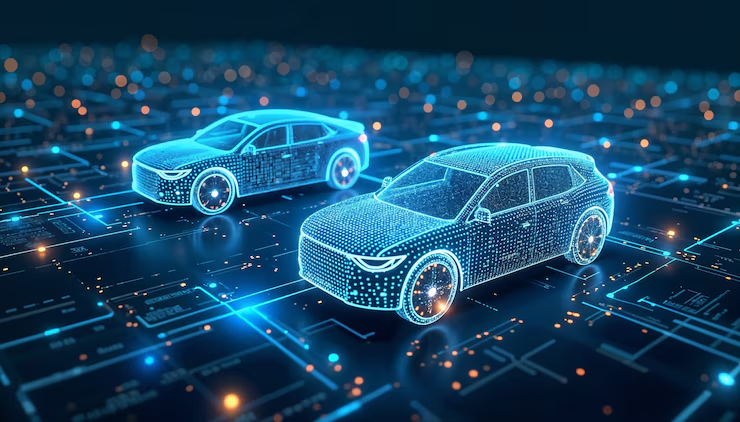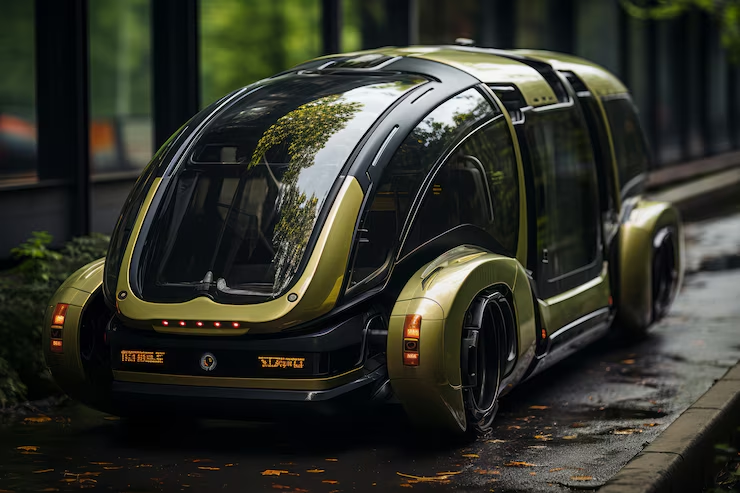Introduction
As the world accelerates toward a more sustainable and electrified future, the electric vehicle (EV) industry stands at a historic inflection point. The year 2025 is proving to be pivotal—a time when electric cars are no longer fringe products for early adopters, but mainstream machines redefining how we drive, live, and think about transportation.Governments are enacting stricter emissions regulations, automakers are overhauling decades-old production strategies, and consumers are rapidly shifting their preferences. From ultra-fast charging and solid-state batteries to AI-driven driving assistance and connected ecosystems, electric cars in 2025 are far more than just vehicles—they are rolling computers, lifestyle choices, and statements of intent.

Market Overview: A Tipping Point for EV Adoption
Global Growth
In 2025, electric cars account for over 30% of all new car sales globally, with much higher penetration in regions like Europe and China. According to the International Energy Agency (IEA), global EV sales are projected to exceed 20 million units, doubling from just two years prior.
Regional Trends
China: The largest EV market, dominated by local brands like BYD, NIO, and XPeng, alongside Tesla. Government incentives, tech innovation, and urban policies have driven mass adoption.
Europe: Strict emissions targets and urban clean air zones are pushing EV sales past 50% in countries like Norway, the Netherlands, and Germany.
United States: The Inflation Reduction Act and expansion of EV tax credits have reignited the American market. Tesla remains dominant, but Ford, GM, Rivian, and newcomers like Fisker are gaining ground.
Technology Advancements in 2025 EVs
Battery Technology
Solid-state batteries are beginning to appear in high-end models. Companies like Toyota, QuantumScape, and Solid Power have achieved breakthroughs in:
Energy density: Up to 2x that of traditional lithium-ion.
Faster charging: 80% in under 10 minutes.
Enhanced safety: Less risk of fire or thermal runaway.
Though not yet widespread due to cost, solid-state tech is the future standard.
LFP Batteries
Lithium iron phosphate (LFP) batteries are now common in mass-market EVs due to their:
Lower cost
Improved lifespan
Resistance to overheating
BYD’s Blade Battery and Tesla’s LFP Model 3/Y exemplify this trend.
Charging Infrastructure
The global charging infrastructure has matured significantly:
Ultra-fast chargers (350 kW) are becoming standard, enabling 100–200 miles of range in under 10 minutes.Wireless charging pads are being piloted in cities like Oslo and Detroit.
Bidirectional charging (V2G/V2H) is available in many new models, allowing EVs to power homes or send energy back to the grid.
AI & Software-Defined Vehicles
2025 EVs are increasingly software-defined, meaning:
Over-the-air (OTA) updates are standard.
Advanced driver-assistance systems (ADAS) use AI for improved decision-making.
Digital cockpits feature personalized settings, voice assistants, and app ecosystems.
Range Improvements
Typical range in 2025 EVs:
Entry-level models: 250–300 miles
Mid-range: 350–450 miles
High-end/luxury: 500+ miles
With charging speeds improving, range anxiety is fading fast.
Design Evolution: EVs as Lifestyle Products
Electric vehicles are changing not only mechanically, but aesthetically:
Dedicated EV platforms allow for creative designs—longer wheelbases, flat floors, and roomier interiors.Minimalist interiors dominate, featuring panoramic displays and sustainable materials like recycled plastics, vegan leather, and natural fibers.Crossover SUVs continue to dominate EV body styles, though compact sedans and micro-EVs are gaining urban popularity.EV design reflects a balance of function, form, and sustainability.
Major Players and Game-Changing Models in 2025
Tesla
Cybertruck has finally launched, redefining electric utility vehicles.
Tesla’s FSD Beta is now operational in select regions under supervision, with notable improvements in urban and highway autonomy.
BYD
Overtook Tesla in global EV sales.
Dominates affordable EVs, especially in Asia, Latin America, and Africa.
The BYD Seal and Dolphin are bestsellers worldwide.
Legacy Automakers
Volkswagen: Expanded the ID series with ID.7 and ID.Buzz.
Ford: Mustang Mach-E and F-150 Lightning continue to lead.
GM: Ultium platform underpins models like the Silverado EV, Blazer EV, and Cadillac Lyriq.
Hyundai/Kia: Ioniq 5, 6, and EV9 offer a balance of style, tech, and pricing.
New Entrants
Rivian and Lucid are growing premium niches.
VinFast and Zeekr are pushing into international markets with aggressive pricing.
Government Policy and Regulation
Policy continues to play a central role:
Ban on ICE Vehicles
Several regions have confirmed bans on internal combustion engine (ICE) vehicle sales by 2030 — 2035.2025 sees the phase-out of diesel cars in many European city centers.
Incentives
Many governments still offer:
Tax credits and rebates
Free charging or toll waivers
Priority lanes or parking for EVs
Carbon Reporting and Lifecycle Emissions
Automakers must now report full lifecycle emissions of EVs, pushing for greener mining, manufacturing, and end-of-life recycling.
The Future of EV Ownership
Subscription and Leasing
Ownership is evolving:
Subscription services (e.g., Care by Volvo, Porsche Drive) offer flexibility.
Battery-as-a-Service (BaaS) models let customers rent batteries, reducing upfront costs.
Used EV Market
A thriving secondhand EV market is emerging, supported by longer battery warranties and better predictive diagnostics.
EV Ecosystems
Automakers now offer mobile apps, home chargers, solar panels, and energy storage systems—an integrated approach to mobility and sustainability.
Challenges Ahead
Despite rapid progress, challenges remain:
Battery Raw Materials
Cobalt, lithium, and nickel sourcing remain ethical and environmental concerns.
Recycling and synthetic alternatives are in development.
Grid Strain
Mass EV adoption is stressing national power grids.
Smart charging, V2G tech, and renewable integration are essential to balance demand.
Affordability
EV prices are falling, but remain high in some markets.
Price parity with ICE vehicles is expected by 2026–2027, but unevenly distributed globally.
What’s Next Beyond 2025?
Autonomy
Full self-driving remains elusive but is advancing.
Autonomous shuttles and delivery pods are gaining pilot deployments in smart cities.
Flying Cars and eVTOLs
Companies like Joby Aviation and Lilium are testing electric vertical takeoff and landing (eVTOL) aircraft, targeting urban air mobility.
Hydrogen and Hybrid Tech
While EVs dominate passenger transport, hydrogen fuel cells are still being explored for long-haul trucking and industrial use.

Conclusion
In 2025, the electric car is no longer the vehicle of tomorrow—it is the defining mobility innovation of today. With major advances in battery technology, charging infrastructure, software integration, and design innovation, EVs have firmly entered the mainstream.The journey isn’t over. As we look toward a net-zero future, the electric car will continue to evolve—not just as a mode of transport but as a symbol of progress, innovation, and responsibility.The road ahead is electric—and we’ve just begun to accelerate.

